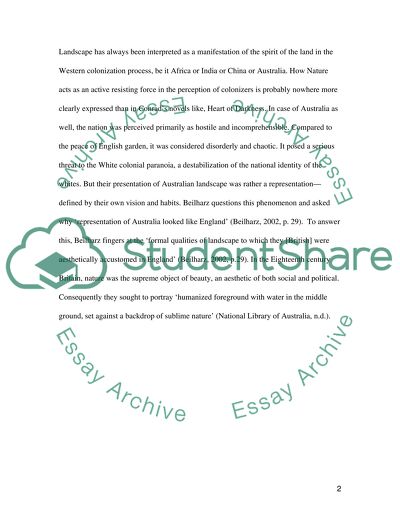Cite this document
(“The Representation Of The Australian Landscape In Contemporary Visual Essay”, n.d.)
Retrieved from https://studentshare.org/visual-arts-film-studies/1569701-contemporary-visual-culture-essay
Retrieved from https://studentshare.org/visual-arts-film-studies/1569701-contemporary-visual-culture-essay
(The Representation Of The Australian Landscape In Contemporary Visual Essay)
https://studentshare.org/visual-arts-film-studies/1569701-contemporary-visual-culture-essay.
https://studentshare.org/visual-arts-film-studies/1569701-contemporary-visual-culture-essay.
“The Representation Of The Australian Landscape In Contemporary Visual Essay”, n.d. https://studentshare.org/visual-arts-film-studies/1569701-contemporary-visual-culture-essay.


